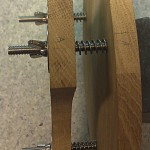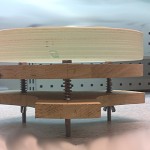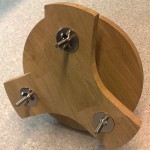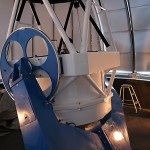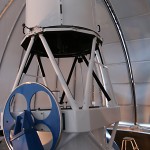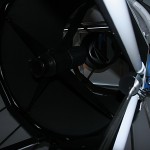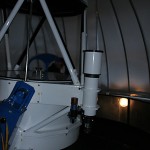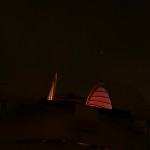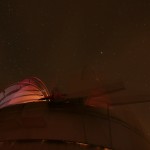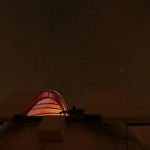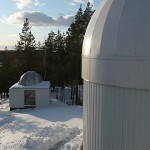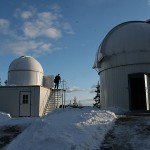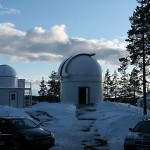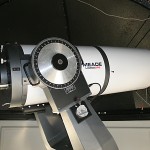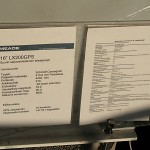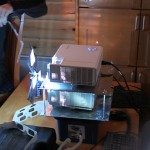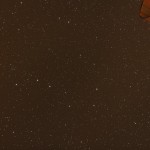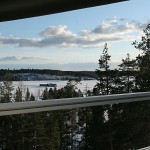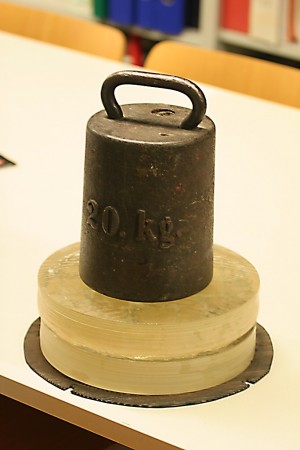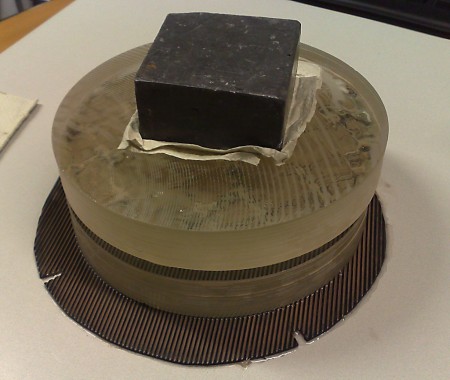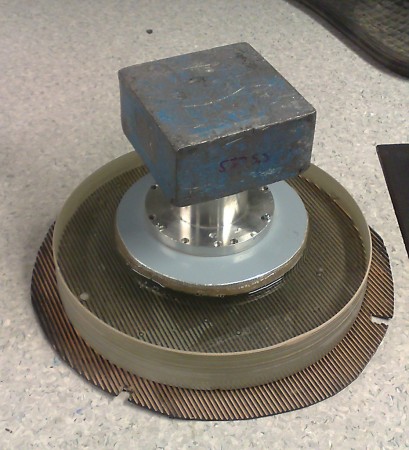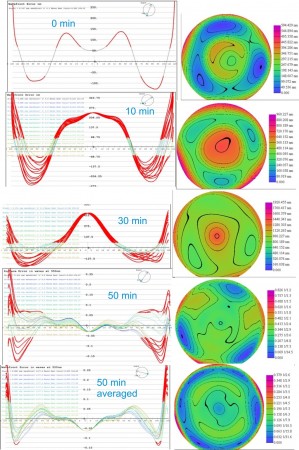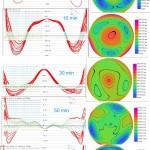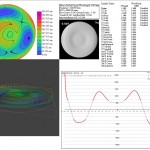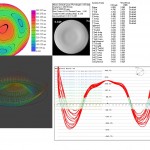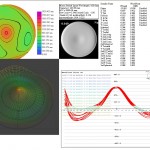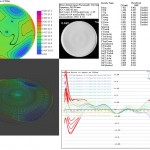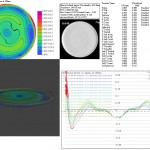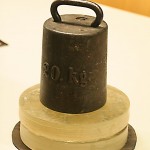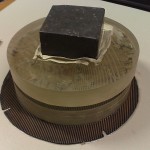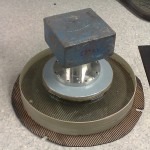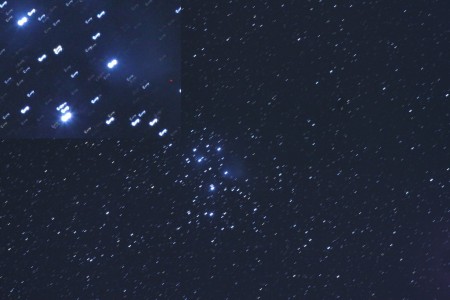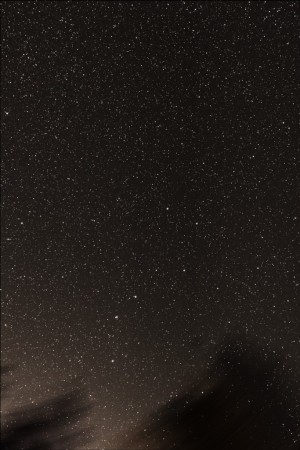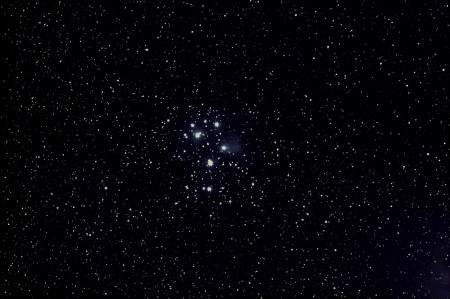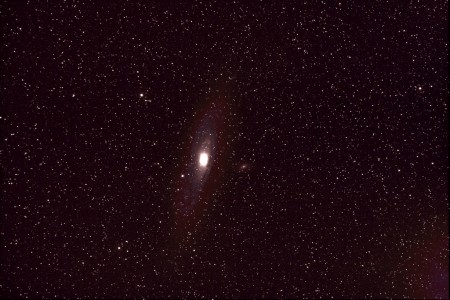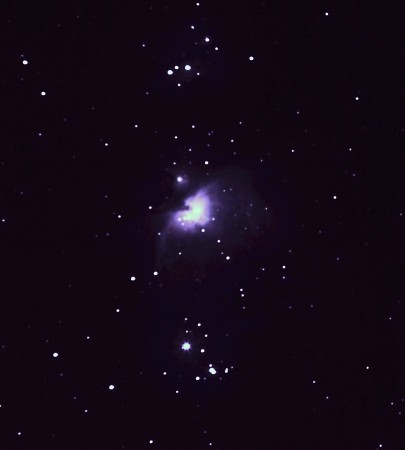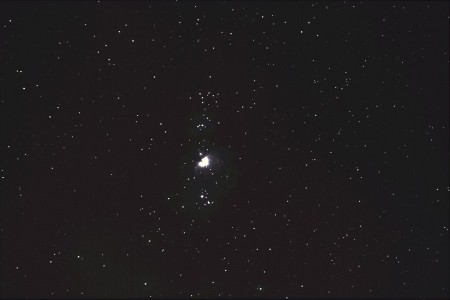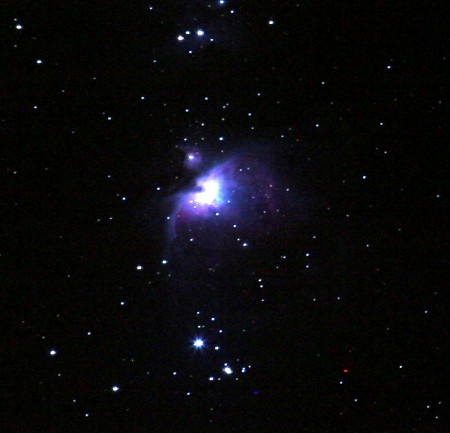
When photographing the sky using exposures of a minute or more, to avoid star-trails, it's important that the mount tracks the movement of the stars (or rather the movement of the earth!) very accurately. In practice it's very hard to build a mount tha tracks to the required 1" (one arc-second) or better precision. Some new mounts that use direct-drive motors and accurate (expensive!) encoders are probably up to this, but they cost 15 keur or more. All reasonably priced mounts use worm-gears, and show more or less pointing error. With an expensive (3-5 keur) mount it might be possible to image unguided for 1 or 2 minutes, but all worm-gear driven mounts show pointing errors during long (say 10 min) exposures.
So a technique called auto-guiding is used. In addition to the main camera you are imaging with you have another camera that takes pictures continuously, a computer analyzes these pictures, and sends commands to the mount to keep the guide-star in the same position on the guide-camera chip. Read more about this from someone who actually knows what he is talking about at Uncle Rod's Astro Blog.
If you disable the guide-commands the camera can just track the guide-star, and you can plot a graph of what's called the periodic-error of the mount. This error is due to imperfections in the worm-drive, and on good mounts it can be as low as 10". The error is periodic and repeats on each revolution of the worm-gear, which is every 4-10 minutes on most mounts.
Here are my results from this evening. This is an EQ6 mount which normally doesn't support autoguiding, so I've soldered in the required ST4-connector following these instructions. I'm using a Rubinar 500/5.6 as the guide-scope, and a QHY5 camera. Guiding with PHDGuiding and the results analyzed with PEAS. Keep in mind that these are my first ever autoguiding results, and it was around -13 C outside so I was not keen on repeating the measurement or tuning any parameters. PHDGuiding lost the guide-star towards the very end.

about +60" and -30", that's some error! Compare to the finnish database here, or this french page with a lot of data (will add link when I find it...).

Here's the same run in closed-loop, with guiding commands enabled, and PHDGuiding continuoysly trying to point the mount at the guide-star. A lot better, note how the Y-axis has 10-fold smaller values. Looks like the loop overshoots and 'hunts' for the guide-star, so this might still improve with some tuning.
With my Canon 20D on my imaging scope, an 80mm f=600mm refractor, this field of view calculator gives a sampling of 2.2 arc-seconds/pixel, so as long as the error stays within or at this level there should not be a problem.
